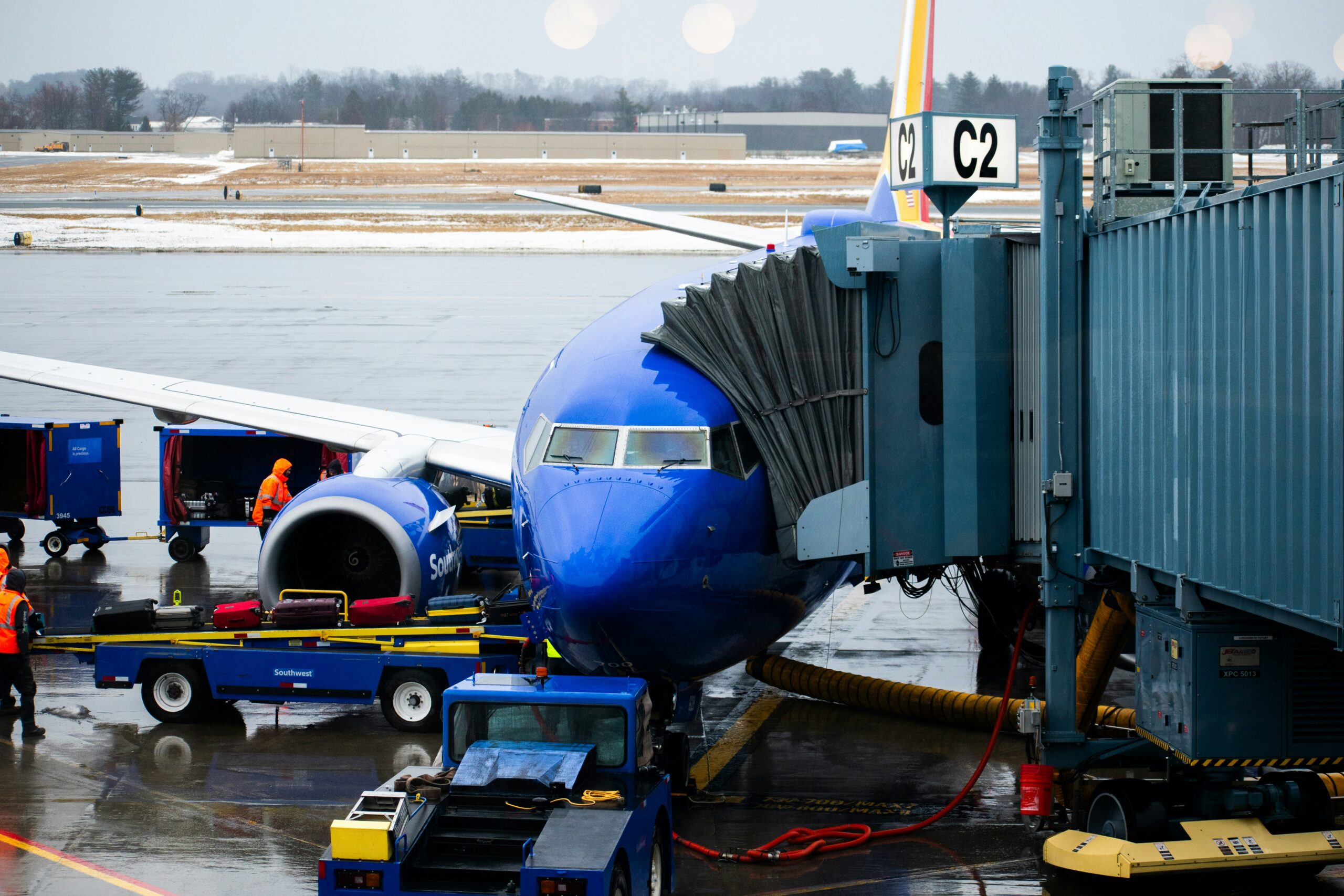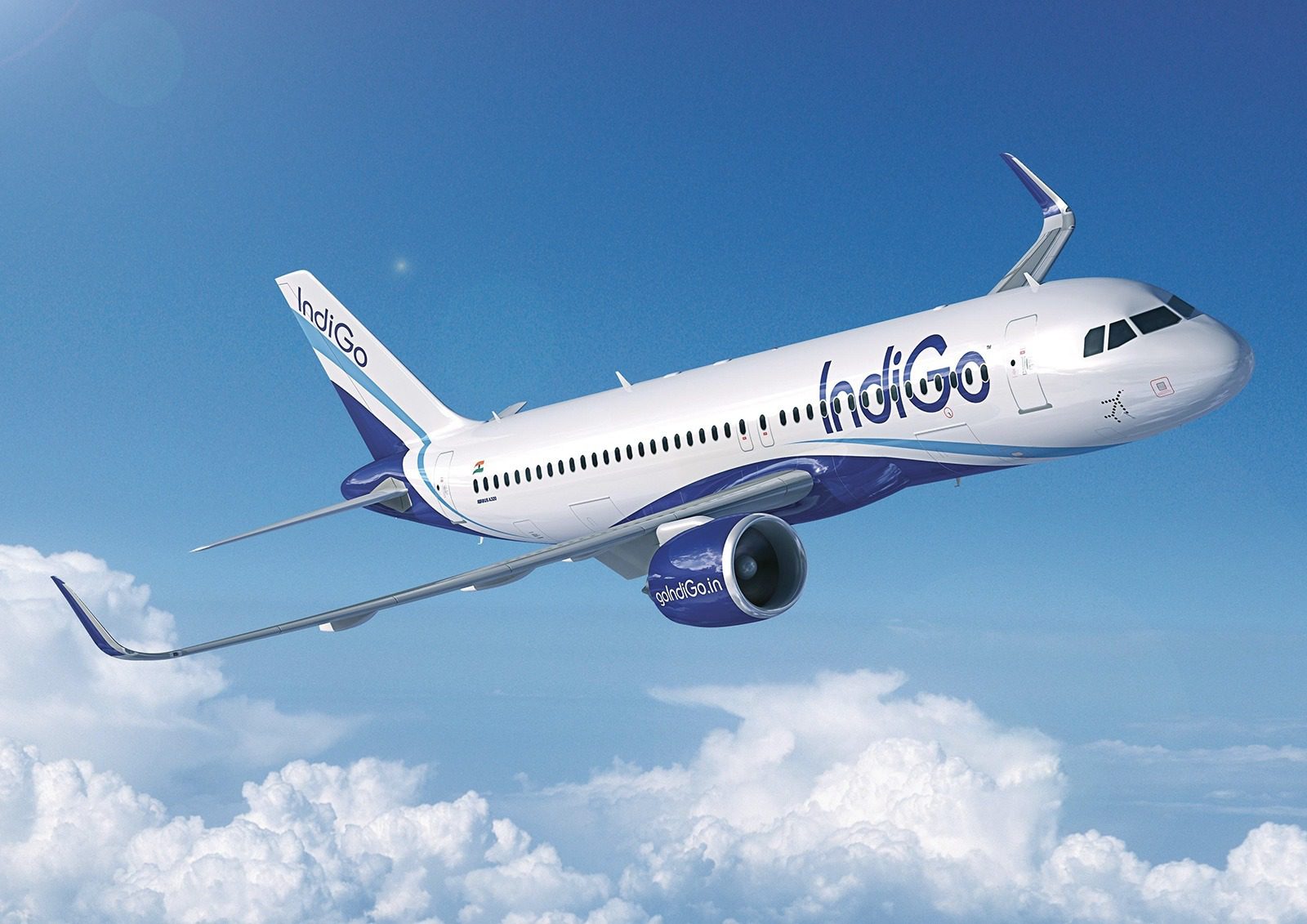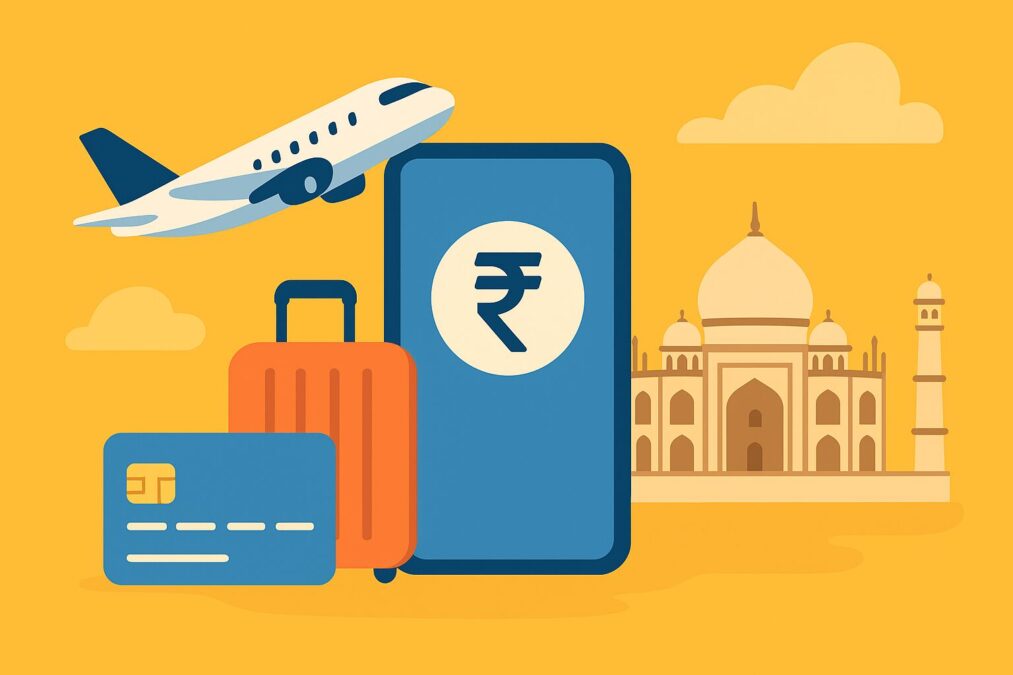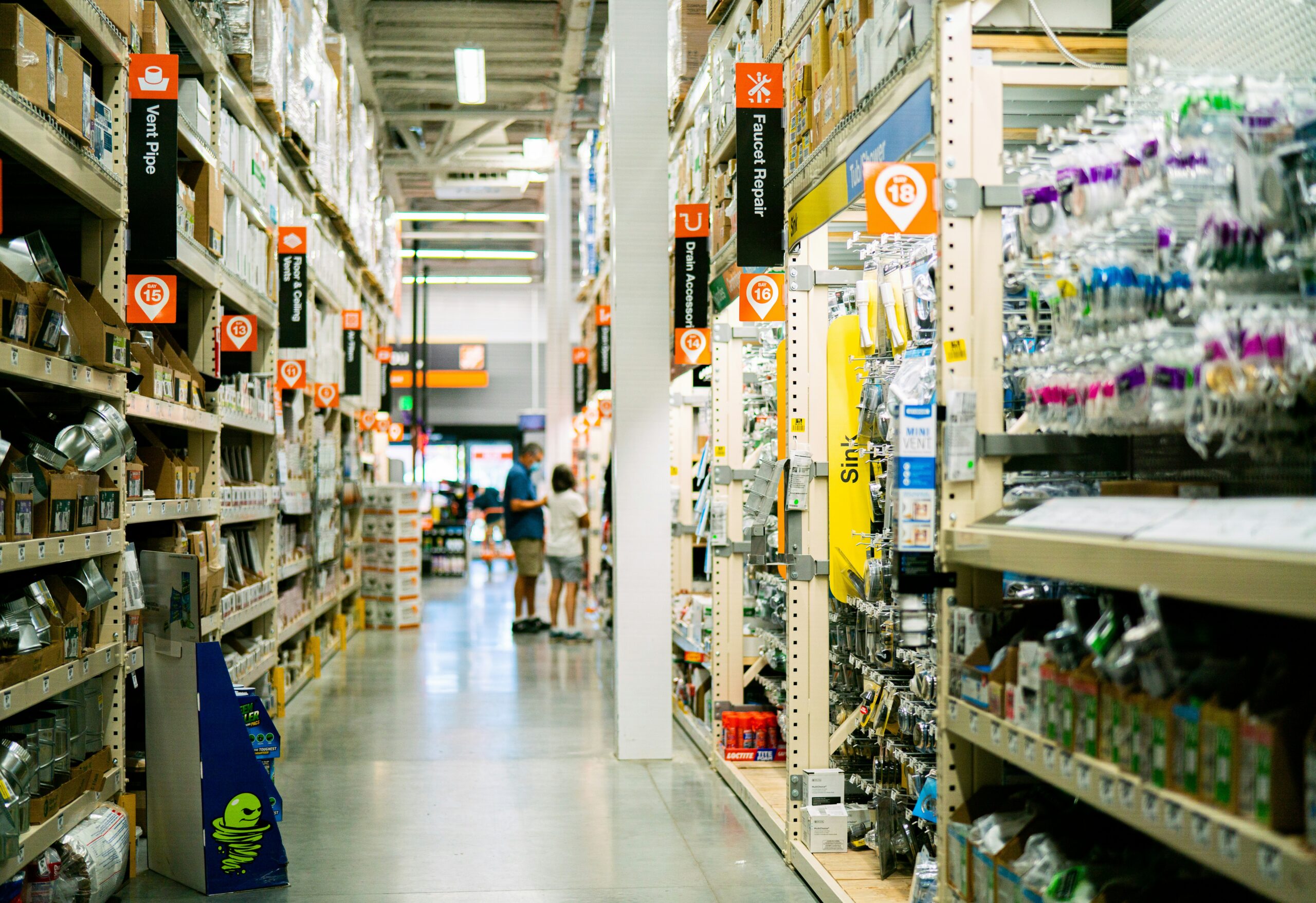These U.S. States Face the Highest Grocery Prices: Where Shoppers Struggle Most & What’s Next
Updated on February 23, 2025
Introduction
Grocery prices have skyrocketed across the United States, straining household budgets and forcing consumers to rethink their spending habits. While inflation has played a significant role in rising food costs, some states have been hit harder than others. If you live in one of these states, you might be feeling the pinch at the checkout line more than most. But what’s causing this surge in prices, and will they remain high in 2025? Let’s break it down.
States with the Highest Grocery Prices
While grocery costs have increased nationwide, certain states are experiencing sharper price hikes due to a combination of factors like supply chain disruptions, transportation costs, and local economic conditions. Based on recent data, the following states are among the hardest hit by soaring grocery prices:
1. Hawaii
Hawaii consistently tops the list of the most expensive states for groceries. The reason? Nearly all food products are imported, making transportation costs a significant factor. With limited local agriculture, Hawaii’s residents pay up to 50% more for essentials compared to the mainland.
2. Alaska
Similar to Hawaii, Alaska’s geographical isolation makes it heavily dependent on imported goods. Harsh weather conditions and long transportation routes drive up food prices. A gallon of milk or a dozen eggs can cost significantly more than in the lower 48 states.
3. California
Despite being an agricultural powerhouse, California struggles with high grocery prices due to expensive labor laws, environmental regulations, and rising fuel costs. Major cities like San Francisco and Los Angeles see some of the steepest grocery bills in the country.
4. New York
Urban centers like New York City have among the highest grocery prices, driven by elevated rent, taxes, and labor costs. Supply chain issues and a high cost of living make groceries more expensive compared to rural areas.
5. Washington and Oregon
The Pacific Northwest has seen sharp increases in food prices due to supply chain challenges, labor shortages, and transportation costs. Although local agriculture is strong, inflation has still made grocery shopping more expensive.
Why Are Grocery Prices So High?
Several key factors contribute to the rising cost of groceries in these states:
- Inflation: The overall inflation rate has driven up the cost of goods and services, including food items.
- Supply Chain Disruptions: Delays in shipments, worker shortages, and increased fuel costs make it more expensive to transport food.
- Labor Costs: Higher minimum wages in states like California and New York lead to increased operational expenses for grocery stores, which are then passed on to consumers.
- Extreme Weather: Droughts, wildfires, and hurricanes have impacted agricultural production, reducing supply and increasing prices.
- Global Events: The ongoing effects of the COVID-19 pandemic and international conflicts have disrupted global food supply chains, making imports more expensive.
Will Grocery Prices Stay High in 2025?
The big question for consumers is whether grocery prices will remain at these elevated levels or start to decrease. Experts predict that food inflation may slow down, but several factors will determine whether prices stabilize or continue to rise:
- Economic Conditions – If the Federal Reserve continues to adjust interest rates to control inflation, it could help stabilize food prices. However, economic uncertainty remains a concern.
- Supply Chain Improvements – If shipping and transportation costs decrease, groceries could become more affordable. Government initiatives to improve supply chains may ease some pressures.
- Agricultural Output – Weather conditions and farming productivity will play a crucial role. A strong harvest in key farming states could help balance supply and demand.
- Labor Market Trends – If labor costs continue rising, grocery prices could remain high. Automation and other innovations might help reduce expenses in the long run.
How Shoppers Can Save Money
With prices remaining high, shoppers need to be strategic to get the most value out of their grocery budgets. Here are some expert tips:
- Buy in Bulk: Wholesale stores like Costco or Sam’s Club offer bulk discounts on essential items.
- Use Coupons and Cashback Apps: Apps like Ibotta, Rakuten, and Fetch Rewards can help save money on groceries.
- Shop Store Brands: Generic or private-label brands often cost less than name-brand products without sacrificing quality.
- Plan Meals and Avoid Waste: Planning meals and sticking to a grocery list can prevent impulse purchases and reduce food waste.
- Take Advantage of Sales and Discounts: Look for weekly promotions at local grocery stores and stock up when prices are low.
- Shop at Farmers’ Markets: Locally grown produce can sometimes be more affordable than grocery store alternatives, especially in farming regions.
Conclusion
The rising cost of groceries remains a major challenge for millions of Americans, with states like Hawaii, Alaska, and California facing the highest prices. While economic factors, supply chain disruptions, and labor costs continue to drive up food prices, there is hope that inflation will ease in the coming years. Until then, consumers can adopt smart shopping strategies to navigate these high costs and stretch their budgets further. Staying informed and planning purchases wisely can make a big difference in managing grocery expenses during these challenging times.
A passionate explorer and storyteller at heart, the author of TrendyTravelNews.com brings you the latest travel trends, destination guides, and insider tips from around the globe. From hidden gems to headline destinations, they’re on a mission to make your travel experiences smarter, richer, and more memorable.
Read Next
Discover more from Trendytravelnews
Subscribe to get the latest posts sent to your email.










